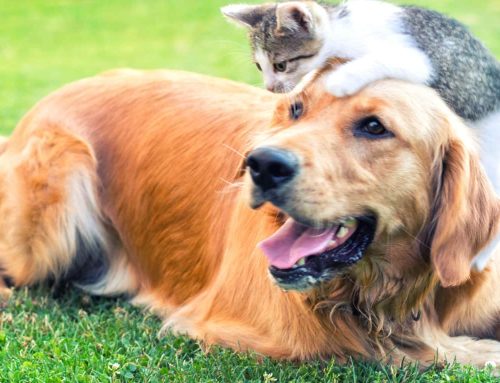Neutering or desexing is a surgical procedure to stop pets from reproducing. Other than population control, there are a lot of advantages to doing it. Neutering can be done for both males and females, cats and dogs.
Health Benefits:
- Decreases chance of developing mammary cancer for both female cats and dogs
- Prevents life-threatening pyometra (womb infection) for female dogs
- Lessens risk of contracting Feline Aids virus for cats
- Prevents enlargement of prostate (benign prostatic hyperplasia) in dogs
- Removes the risk of prostate infection (prostatitis) in cats and dogs.
- Prevents cancer of the testicles in male cats and dogs
- Prevents some anal tumours
- Neutered pets live longer
Behavioural Benefits:
- Neutered pets are less likely to roam, which reduces the risk of vehicular accidents and getting lost
- They are less aggressive towards others
- They become less likely to leave urine marks.
Other than that, there are is no scientific evidence of major changes in behaviour specifically relating to their ability to be good guard dogs.
One of the bigger decisions you need to make as a pet owner is when to get the surgery done. Pre-pubertal desexing is often recommended for both cats and dogs. It is ideal to have the female cats spayed before her first heat cycle (around 5 to 6 months). For males, it can be done as soon as the testicles descend into the scrotum.
For dogs, the appropriate age for neutering may depend on other factors such as body size, breed and genetic pre-disposition. For breeds like Rottweilers, Labradors, Golden Retreivers, delaying desexing until after puberty may have some benefits. This should be discussed with the vet as early as possible.
The Neutering Process
In females, spaying is usually done via ovariohysterectomy – which is the removal of both the ovaries and the uterus. For males, castration means removing the testicles.
An assessment needs to be done by a veterinarian before the neutering procedure. This involves physically examining your pet to ensure that they are adequately healthy for the surgery. Pre-anaesthetic tests that require taking blood samples is necessary to determine if your pet can safely undergo anaesthesia. Blood tests can also determine medical conditions such as infections, low blood cell count, liver disease, kidney disease or blood clotting issues that may affect your pet’s suitability for a neutering surgery.
It is highly recommended to let your pet fast prior to the surgery, ideally you should withhold feeding the night before the procedure. A small bowl of water is allowed. Anaesthesia will be administered prior to surgery to reduce pain during the operation.
You will also need to plan after-neutering care which may include giving your pet an anti-inflammatory medicine and pain killers to manage the pain post-operation.
For both cats and dogs, removing the reproductive organ will result in a change in hormone levels. It can reduce your pet’s activity level. It is important to adjust the amount and type of food they consume and to ensure that your pet has regular exercise to prevent weight gain once they have recovered from the surgery.



